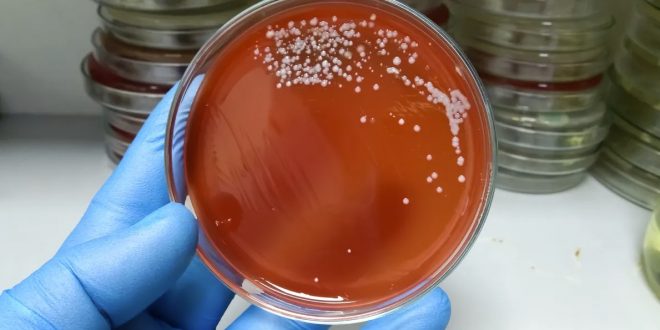In light of a “substantial surge” in infections, the UK Health Security Agency (UKHSA) has updated its estimates of the nation’s scarlet fever cases. A total of 27,486 probable cases of the illness were reported by the organization between September 12 and December 18 of this year.
The Guardian reported on Tuesday that the actual number of cases was 128 percent greater than initially believed. Since then, further data released by the UKHSA demonstrates that the estimates have increased even further.
The news comes amid ongoing concerns about the growth of group A Streptococcus, or Strep A, infections. Streptococcus pyogenes, the most prevalent species in this genus, is responsible for strep throat, scarlet fever, and more critically, invasive group A Strep (iGAS).
Strep Most occurrences of the disease appear between February and April, and infections often follow a seasonal pattern. Therefore, the present increase in scarlet fever cases deviates from this usual pattern. The last time there was a particularly terrible season was in 2017–18, when the UKHSA recorded a total of 30,768 cases for the entire year.
Doctors in the UK are required to notify public health officials of every incidence of scarlet fever since it is an infectious disease that needs to be reported. Some parents have reported having trouble getting access to penicillin in their local locations, and health services and pharmacies are currently under tremendous pressure to keep up with the rising demand for the antibiotics necessary to treat the sickness.
Scarlet fever’s common symptoms, which might include a fever, sore throat, and swollen neck glands, are similar to those of the flu. The distinctive sandpaper-like rash will occur between 12 and 48 hours after the first signs and symptoms. Children are more likely than adults to contract the condition. Since penicillin-based antibiotics are a successful treatment, UK pharmacies have been informed that in the event of brief shortages, they can prescribe substitute versions of these medications.
The UKHSA emphasized that while iGAS, a more dangerous illness, is still uncommon, scarlet fever may be considerably more common than previously believed. In contrast to scarlet fever, most cases of iGAS affect adults. Sadly, 94 deaths from iGAS have occurred in England so far this season, including 21 deaths of people under the age of 18.
UKHSA Deputy Director Dr. Colin Brown issued a statement in which he said, “I appreciate how this significant increase in scarlet fever and’strep throat’ may be alarming to parents. Antibiotics can quickly treat the disease, and it is extremely unlikely that a youngster would continue to get worse.
Dr. Brown continued by advising anyone who is a parent or caregiver who suspects their child may have strep throat or scarlet fever to seek medical attention.
 Tech Gadget Central Latest Tech News and Reviews
Tech Gadget Central Latest Tech News and Reviews




